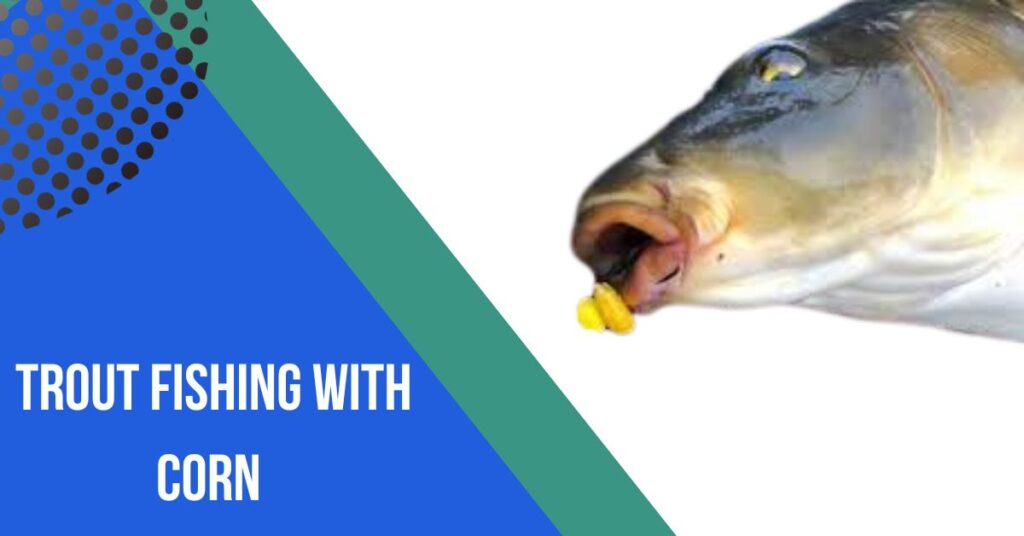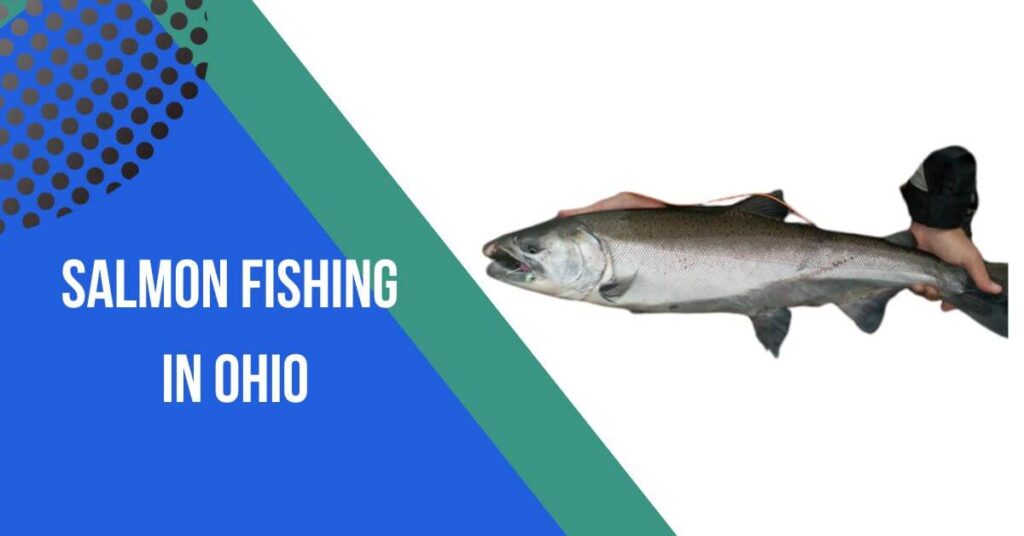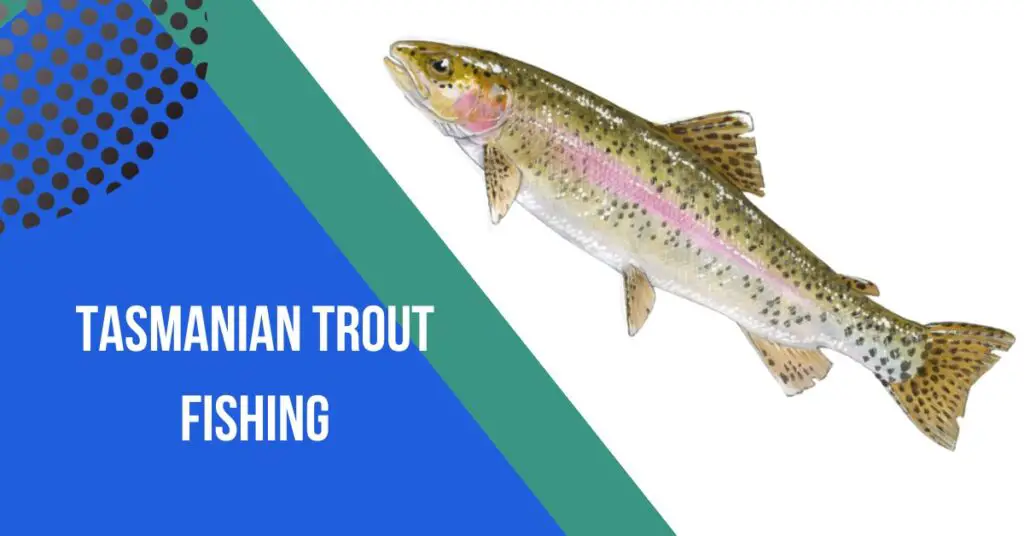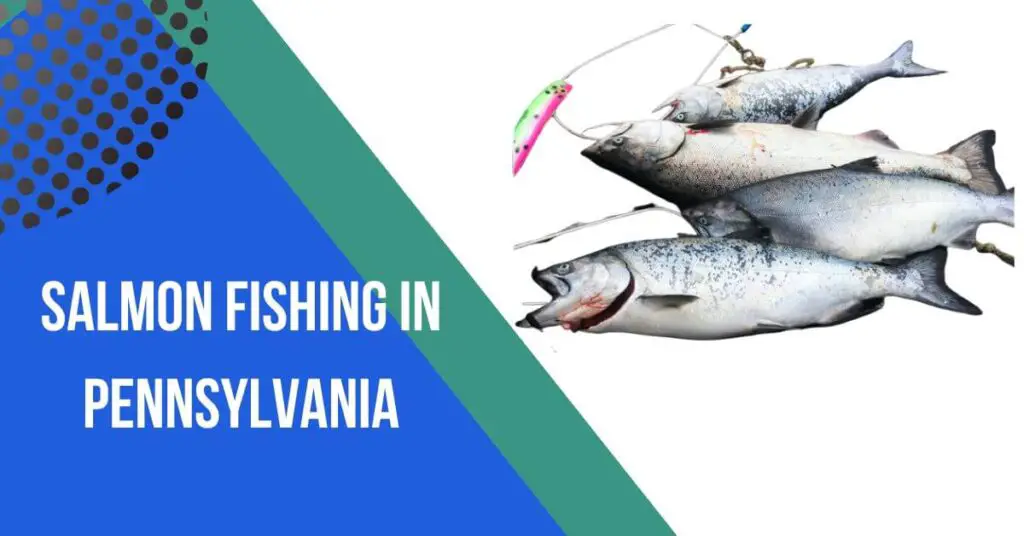Contents
- 1 Trout Fishing With Corn:
- 2 1. Unconventional Attraction:
- 3 2. Cost-Effective Option:
- 4 3. Versatility in Presentation:
- 5 4. Beginner-Friendly Approach:
- 6 5. Success Across Species and Settings:
- 7 Choosing The Right Corn:
- 8 1. Fresh vs. Canned Corn:
- 9 2. Flavor and Attractants:
- 10 3. Preparing Corn for Fishing:
- 11 4. Observation and Adaptation:
- 12 Minimizing Stress On The Fish:
- 13 1. Use Barbless Hooks:
- 14 2. Use Proper Tackle:
- 15 3. Land the Fish Quickly:
- 16 4. Wet Your Hands:
- 17 5. Handle with Care:
- 18 6. Keep the Fish in the Water:
- 19 7. Avoid Dropping the Fish:
- 20 8. Revive Exhausted Fish:
- 21 9. Follow Best Practices:
- 22 10. Choose the Right Fishing Time:
- 23 FAQs!
- 24 Q: Can I use any type of corn for trout fishing?
- 25 Q: What flavors or scents are best for enhancing corn as bait?
- 26 Q: How can I minimize stress on the fish during catch and release?
- 27 Q: Is corn fishing suitable for beginners?
- 28 Q: Can I catch species other than trout using corn?
- 29 Q: Are there specific times or seasons when corn fishing is more effective?
Trout fishing with corn is a popular and accessible method for anglers looking to reel in these elusive freshwater species. While traditional bait options like worms and flies are commonplace, corn has proven to be a surprisingly effective alternative.
In this guide, we’ll explore the basics of trout fishing with corn, discussing the setup, techniques, and potential advantages of using this unconventional yet successful bait.
Whether you’re a novice angler or a seasoned pro, this introduction will help you dip your toes into the world of corn-powered trout fishing.
Trout Fishing With Corn:
Trout fishing with corn is a unique and effective method that has gained popularity among anglers seeking an alternative to traditional baits. This overview provides a glimpse into the appeal and effectiveness of using corn as bait for targeting trout.
1. Unconventional Attraction:
- Corn serves as an unconventional yet enticing bait for trout, challenging the more common use of live bait, worms, or artificial lures.
- The bright color and scent of corn can trigger the predatory instincts of trout, making it a viable option for attracting their attention.
2. Cost-Effective Option:
- Corn is readily available and affordable, making it an economical choice for anglers who want to maximize their fishing experience without breaking the bank.
- Its accessibility allows both novice and experienced anglers to experiment with this method without a significant investment.
3. Versatility in Presentation:
- Corn can be used in various fishing setups, such as bottom rigs or suspended beneath bobbers, providing anglers with the flexibility to adapt to different fishing conditions.
- Anglers can experiment with different flavors or scents to enhance the appeal of corn, catering to the preferences of local trout populations.
4. Beginner-Friendly Approach:
- Trout fishing with corn is often regarded as a beginner-friendly technique, allowing novice anglers to grasp the fundamentals of fishing without the complexity associated with other baits.
- The simplicity of the setup and the ease of obtaining corn make it an accessible entry point for those new to trout fishing.
5. Success Across Species and Settings:
- While primarily associated with freshwater trout, corn can also attract other species like panfish and carp, expanding the range of potential catches.
- Corn fishing is adaptable to various water bodies, including rivers, streams, lakes, and ponds, offering anglers versatility in their fishing locations.
In essence, trout fishing with corn adds a creative and accessible dimension to angling, demonstrating that success can come from thinking outside the conventional tackle box. As anglers explore this method, they may discover a new and rewarding approach to catching trout while enjoying the simplicity and affordability it brings to the fishing experience.
Choosing The Right Corn:
Selecting the right corn is crucial when trout fishing, as the choice between fresh and canned corn, as well as considerations like flavor and attractants, can significantly impact your success on the water.

1. Fresh vs. Canned Corn:
- Fresh Corn: While less commonly used, fresh corn can be an excellent choice for trout fishing. It provides a natural scent and color that may appeal to trout, especially in clear water conditions. Simply remove the kernels from the cob and use them as bait.
- Canned Corn: Canned corn is a popular and convenient option for anglers. It is readily available, requires no preparation, and can be easily stored. Choose corn without added salt, as excessive salt content may deter trout.
2. Flavor and Attractants:
- Natural vs. Enhanced Flavors: Some anglers prefer to use plain, natural corn, relying on its inherent appeal to attract trout. Others opt for corn infused with flavors or scents, such as garlic, anise, or fruit extracts, to add an extra layer of attraction.
- Experimentation: Trying different flavors and scents allows anglers to gauge the preferences of local trout populations. Experiment with a variety of options to determine what works best in your fishing area.
3. Preparing Corn for Fishing:
- Draining Canned Corn: If using canned corn, drain excess liquid before baiting your hook. This reduces the dispersion of scent in the water, concentrating the attractant around your baited area.
- Adding Scent: Consider marinating corn in additional scents or attractants before use. This can enhance its effectiveness, especially in situations where trout may be more selective or cautious.
4. Observation and Adaptation:
Water Clarity: In clear water conditions, where trout may rely more on visual cues, consider using fresh corn or corn with natural colors. In murkier water, where scent plays a more critical role, flavored or scented corn can be particularly effective.
- Local Preferences: Pay attention to local fishing conditions and preferences. Engage with other anglers or consult local fishing resources to gather insights into what has proven successful in your specific area.
Minimizing Stress On The Fish:
Minimizing stress on fish is crucial for ethical and sustainable fishing practices. When practicing catch and release, taking steps to ensure the well-being of the fish helps maintain healthy populations and promotes a positive fishing experience.
Here are some tips for minimizing stress on the fish:
1. Use Barbless Hooks:
Barbless hooks are easier to remove from a fish’s mouth, reducing handling time and potential injury. They also minimize the risk of causing stress or harm during the release process.
2. Use Proper Tackle:
Match your tackle to the size of the fish you’re targeting. Using appropriate gear ensures a quicker and more efficient fight, reducing exhaustion and stress on the fish.
3. Land the Fish Quickly:
Avoid prolonged fights with the fish. The longer the struggle, the more stress it experiences. Reel in the fish as efficiently as possible to minimize the time it spends on the line.
4. Wet Your Hands:
Wetting your hands before handling a fish helps protect its sensitive skin and scales. Dry hands can remove the protective slime layer on the fish, making it more susceptible to infections.
5. Handle with Care:
Minimize contact with the fish as much as possible. Use wet hands or a rubberized landing net to handle the fish gently. Avoid squeezing or gripping the fish tightly, especially around the gills.
6. Keep the Fish in the Water:
Whenever possible, leave the fish in the water during the unhooking process. This reduces stress and allows the fish to breathe more easily. If you need to lift the fish for a quick photo, do so over the water.
7. Avoid Dropping the Fish:
Dropping a fish, even from a short height, can cause injuries. Handle the fish carefully and ensure a smooth transition from the water to your hands or the landing net.
8. Revive Exhausted Fish:
If a fish appears exhausted after a prolonged fight, hold it upright in the water and allow it to revive. Gently move it back and forth to ensure water flows over its gills. Release the fish when it shows signs of strong, purposeful movement.
9. Follow Best Practices:
Stay informed about best practices for catch and release. Local fishing regulations often provide guidelines for handling fish, and adhering to these rules helps protect fish populations.
10. Choose the Right Fishing Time:

Fish are more susceptible to stress in extreme weather conditions or during periods of high water temperatures. Consider fishing during cooler times of the day or in cooler seasons to minimize stress on the fish.
By incorporating these practices into your fishing routine, you contribute to the conservation of fish populations and ensure a positive fishing experience for both yourself and future anglers.
Conclusion:
In conclusion, trout fishing with corn offers an accessible and effective alternative for anglers seeking a unique approach. Whether opting for fresh or canned corn, experimenting with flavors, or minimizing stress on the fish through ethical practices, this method provides versatility and affordability.
As you venture into this unconventional realm, remember to adapt to local conditions, handle fish with care, and contribute to the sustainability of fisheries through responsible catch and release. Embrace the simplicity and creativity of corn fishing, and may your angling experiences be both rewarding and environmentally conscious. Happy fishing!
FAQs!
Q: Can I use any type of corn for trout fishing?
A: While both fresh and canned corn can be effective, it’s essential to avoid overly salty canned corn. Experiment with different types to see what works best in your fishing location.
Q: What flavors or scents are best for enhancing corn as bait?
A: Garlic, anise, and fruit extracts are popular choices. Experiment with various options to determine the preferences of local trout populations.
Q: How can I minimize stress on the fish during catch and release?
A: Use barbless hooks, wet your hands before handling, land the fish quickly, and keep it in the water as much as possible. Revive exhausted fish before releasing them.
Q: Is corn fishing suitable for beginners?
A: Yes, trout fishing with corn is often considered beginner-friendly due to its simplicity. It provides an accessible entry point for those new to fishing.
Q: Can I catch species other than trout using corn?
A: Yes, corn can attract a variety of species, including panfish and carp. It adds versatility to your fishing experience.
Q: Are there specific times or seasons when corn fishing is more effective?
A: Pay attention to local conditions and seasonal patterns. Corn fishing can be effective year-round, but adjusting your approach based on the time of year and weather conditions can enhance success.







